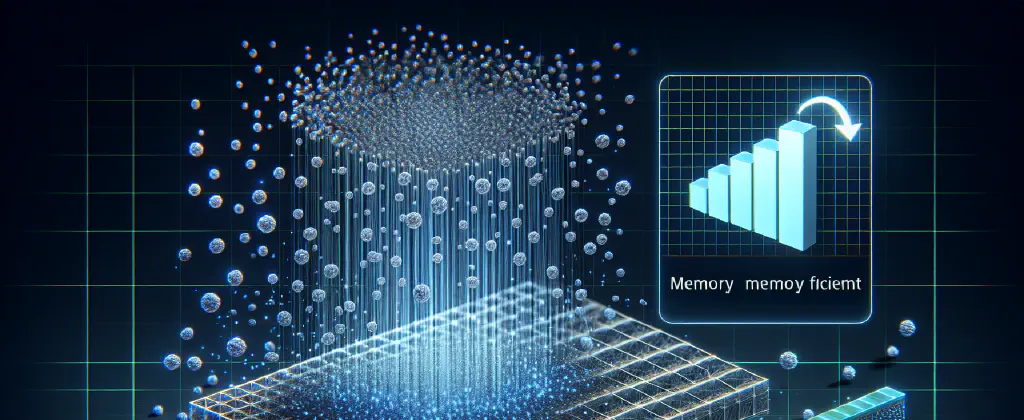13. December 2023
SMERF: Streamable Memory Efficient Radiance Fields

Introduction
In the world of virtual reality and real estate, a groundbreaking technology called SMERF (Streamable Memory Efficient Radiance Fields) is making waves. SMERF allows users to explore properties in an immersive 3D environment, providing a smooth and realistic experience on smartphones. This innovation has the potential to disrupt the real estate market and change the way properties are showcased and experienced.
The Power of SMERF
Developed by a team at GitHub, SMERF offers a revolutionary way to view properties through virtual reality. Users are able to navigate through spaces using their smartphones, but the technology doesn’t stop there. SMERF’s ability to simulate reflections and generate realistic lighting effects adds a level of depth and realism that sets it apart from other 3D views. For example, users can experience specular lighting effects on objects like refrigerators, creating an immersive and visually stunning experience.
Virtual Reality and Real Estate
While some may question the appeal of virtual reality in real estate, the growing demand for 3D views on platforms like Zillow indicates the market’s interest. Traditional images can capture the essence of a property, but SMERF takes it to the next level by providing a more interactive and engaging user experience. According to user @iandanforth, the positive feeling users get from SMERF could increase the chances of a sale.
The Potential of SMERF in Real Estate
One user, @hobofan, suggests that SMERF could become even more powerful by incorporating features such as visualizing owned furniture or showing furniture that matches a prospective buyer’s taste. This kind of customization could make it easier for users to envision themselves living in a property and ultimately lead to a stronger emotional connection with a home.
The Ghostly Reflections
As users explore SMERF environments, some intriguing observations come to light. User @barrkel noticed that mirrors can trick the depth gauging algorithm, making them appear as windows into other rooms. User @nightpool also discovered the fascinating effect of reflections in SMERF. Objects like mirrors and televisions are not simply flat surfaces with mirrored images; they actually render a whole virtual world behind them, creating a unique illusion of depth.
Challenges and Development
Despite the impressive capabilities of SMERF, there are areas for improvement. User @nojvek noted the need for better movement UX, suggesting that using the phone’s compass and gyro for navigation would feel more natural than using finger gestures. Additionally, user @promiseofbeans mentioned long loading times for the initial image loading, highlighting the need for more efficient compression of payload sizes.
The Future of SMERF
As exciting as SMERF is, it is still a work in progress. User @nojvek expressed interest in contributing to the project through GitHub, indicating the potential for further development and community involvement. With continued advancements and optimizations, SMERF could become a game-changer in the real estate industry, captivating buyers and revolutionizing how properties are showcased and experienced.
Note: This article is a compilation of insights and comments from users on the SMERF technology. It is not meant to be an official documentation or endorsement of the technology.